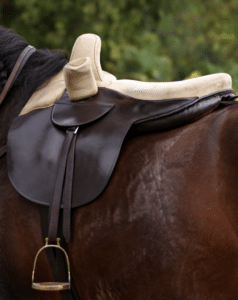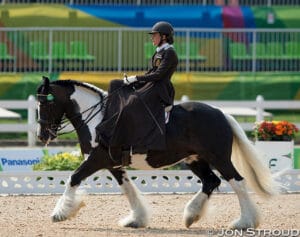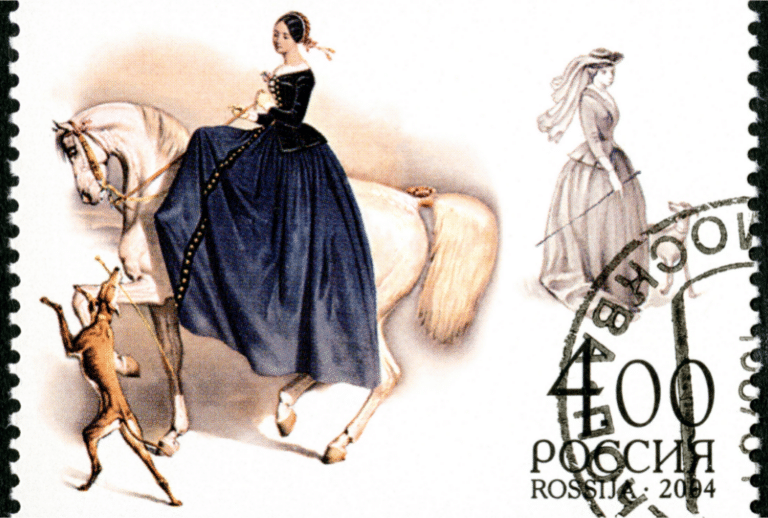With its history dating back to the 1300s, the side-saddle has gone through many changes and purposes. Made in a time when modesty was the focus, design and functionality were often at odds. Riding side-saddle was seen as the only acceptable way for women to ride a horse with the idea of it being indecent to ride astride tracing back to the 1380s, when Princess Anne of Bohemia had to ride side-saddle across all of Europe to marry King Richard II. Another reason for the side-saddle was the large and heavy skirts women wore, making it impractical, near impossible to ride any other way.
The earliest functional side-saddle was a chair like construction, developed in the 14th century. It wasn’t until Catherine de Medici, in the 16th century, that a more practical design was developed. Rather than keeping her feet side by side on the footrest, she placed it over the pommel of the saddle, this way more control was achievable particularly in the trot and canter. The introduction of the second pommel in the 1830s again revolutionised riding for women, with galloping and jumping becoming a possibility – while still conforming to modesty. Until that time riding and dancing were the only socially accepted forms of physical activity for ladies and it was almost exclusively the women of higher social classes who rode.

As more adjustments were made, the side-saddle developed into what we see even now and it wasn’t until the early 20th century that it began to fall out of fashion. By 1930 it became the norm for women to ride in breeches and riding as we see today became the preferred method. In recent years we’ve seen a revival of this art. Groups such as the ‘Flying Foxes’ put on displays, Michaela Bowling has set a record for side-saddle high jump at 6ft 3in and Paralympian Barbara Minneci put on a still talked about display at the 2012 London Olympic Games, 2016 Rio Games and 2020 Tokyo Games.




